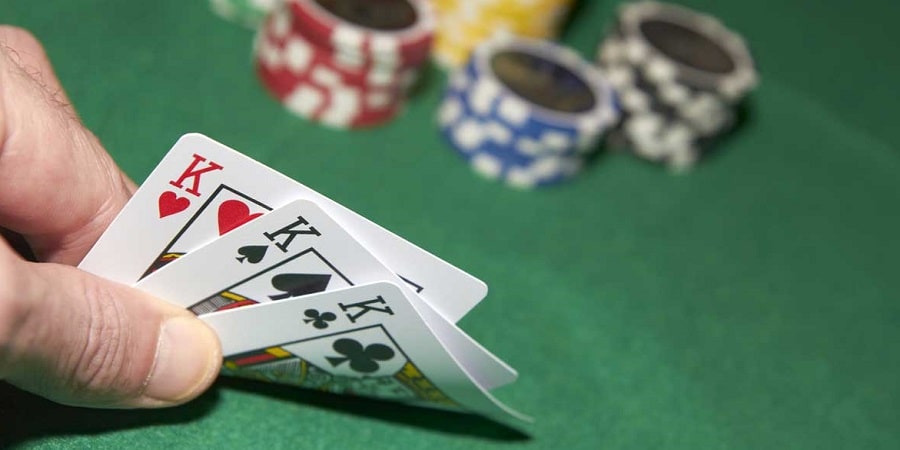How to Count Cards in Poker?

Card counting, commonly associated with blackjack, also finds its relevance in the domain of poker. Understanding the distribution of cards in a deck, combined with skilled play, can significantly tilt the odds in a player’s favor. In this comprehensive guide, we delve into the art and science of card counting in poker.
Card counting in 5gringos casino poker is not about memorizing specific cards, but about understanding the probabilities based on the cards dealt and the cards remaining. Players should focus on:
- Outs: Cards that will potentially improve a hand to a winning one.
- Deck Composition: Estimating how many high or low cards remain in the deck, and the distribution of suits.
Why Do This?
The primary reasons for counting cards in poker are:
- Gain an Edge: Improved knowledge about the deck composition can help players make informed bets.
- Reduce Uncertainty: Estimating the odds of drawing a winning hand can guide decisions about whether to fold, call, or raise.
- Strategic Plays: Players can adjust their strategies based on the estimated composition of the remaining deck.
How to Count Outs to Determine Probability?
- Identify Outs: First, determine which cards (outs) will help complete a winning hand. For example, you are playing and you have two hearts in your hand, and the flop is two hearts, any of the remaining 9 hearts in the deck will complete your flush.
- Rule of 2 and 4: After the flop, multiply your total outs by 4 to get an estimate of the percentage of making your hand by the river. After the turn, multiply your outs by 2. For the aforementioned flush draw, you’d have roughly a 36% (9 outs x 4) chance after the flop and an 18% (9 outs x 2) chance after the turn.

How to Count Cards in Texas Hold’em Poker
Texas Hold’em, being the most popular poker variant, is a game where card counting can be highly beneficial. Here’s a step-by-step guide:
- Categorize Cards: Divide cards into meaningful groups. For instance, you could track aces, face cards, or cards of a specific suit.
- Track the Community Cards: Always take note of the community cards. Recognize patterns. For instance, if many hearts have been revealed, but you haven’t seen many diamonds, you can adjust your play accordingly.
- Estimate Remaining Outs: Using the flop and turn, calculate the number of outs you have left. This gives an idea of your chances of getting a winning hand on the river.
- Adjust Your Strategy: If the count suggests a high number of outs, you might be more aggressive in your betting. Conversely, a low number of outs might mean playing more conservatively.
Conclusion
Card counting in poker is a combination of mathematics, observation and strategy, and many players perfect it at 5gringos casino online. While it won’t guarantee a win every time, it can significantly boost a player’s edge over opponents who play based merely on intuition. By understanding the principles of card counting and practicing them consistently, players can refine their game and make more informed decisions on the poker table.



